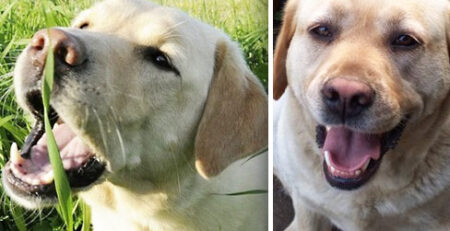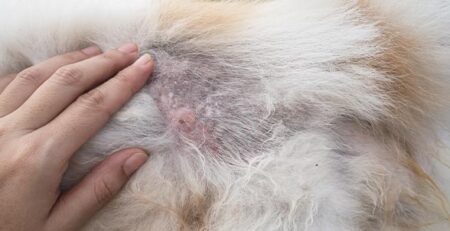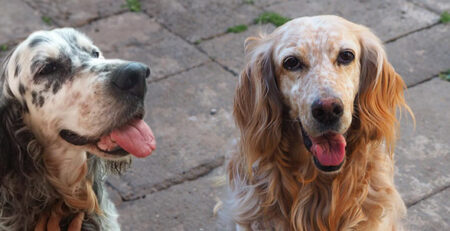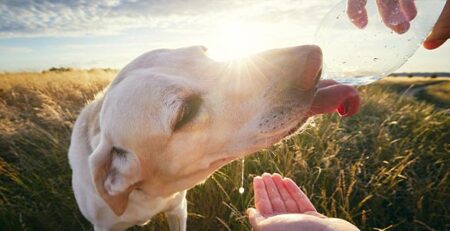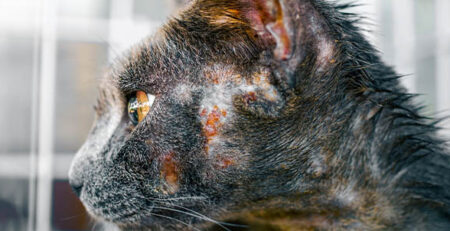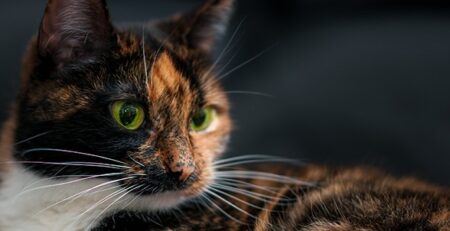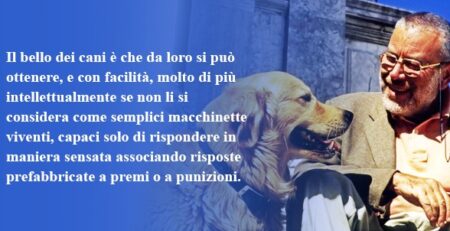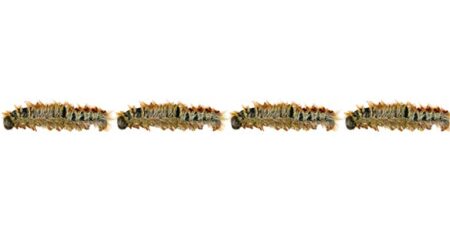Table of Contents
The coat is the dog’s most valuable ally in protecting itself from the heat, and shearing is an unnecessary and harmful practice.
Well, it may seem unbelievable to you but the coat acts as a “shield”: it traps external heat in the same way it does in winter with cold, preventing it from reaching the skin.
Seeing a dog’s thick coat, it is almost taken for granted to wonder how it can withstand the heat
In fact, the mantle has an insulating and waterproofing function.
So, shearing does not protect the dog from heat but only exposes him to the risk of heat stroke, sunburn, erythema, dermatitis, insect bites and rheumatic forms.
The coat is also a true thermal insulator by virtue of the fact that dogs do not sweat.
Why don’t dogs sweat?
Humans dissipate heat through sweating.
In dogs, this mechanism does not occur simply because their only sweat glands are located on the plantar and palmar pads and fingertips.
Well, the evaporation of sweat from the pads manages to cool the circulation only at the level of the paws while the rest of the body is unable to benefit.
These glands have a minimal thermoregulatory function, which is absolutely insufficient to remove excess heat.
How does the dog regulate its body temperature?
The dog breathes through the nose, and the inhaled air, in contact with moist mucous membranes, cools and in turn cools the blood circulating in the blood vessels in the nose, consequently lowering the temperature of the entire bloodstream.
If the outside temperature rises to excessively warm levels, the dog no longer eliminates air through the nose but does so through the mouth, panting.
The air that enters the mouth flows over the moist surface of the tongue and, through an evaporation mechanism, cools, quickly lowering the temperature of the bloodstream and thus, also the systemic temperature.
Thermoregulation is precisely compensated for by the protection afforded by the hair of the dog’s coat.
What does the dog’s coat look like?
The dog’s coat consists of two types of covering.
– hair: longer and harder, located at the outermost part, it shields the epidermis by protecting it from sunlight and parasites.
– undercoat: soft, woolly and much shorter than the outer coat, it has the function of retaining heat and protecting against the cold. The undercoat increases in winter or cold weather conditions and falls off in summer.
That is why the coat should be cared for, preserved and certainly not eliminated by resorting to shearing.
Dog shearing can be justified only in extreme cases.
What are the exceptional cases in which shearing is allowed?
There are exceptions, either because of belonging to a specific breed or for sanitary reasons, that make it necessary to shear the dog’s hair.
When the dog is severely infested with parasites, for example.
Or there are some breeds of dogs, such as curly-haired dogs (see the Poodle or Bichon) whose hair is continuously growing and needs to be trimmed periodically.
Often and often, coat shearing only serves to remedy the owner’s laziness
If you do not brush your dog’s hair properly and periodically, it is normal for knots, tangles and skeins to form that are impossible to unravel except with a clean cut especially if yours is a long-haired dog.
In fact, long hair knots and inevitably traps dirt, vermin, dust, and dander.
Know that a serious and competent groomer is one who suggests thinning the hair and certainly not shearing it.
The health of your dog’s coat should be cared for not only from the outside but also from the inside
Taking care of a dog’s coat also requires adjusting its diet and making sure it contains all the elements needed to give vitality and vigor to the animal and consequently also to the coat.
For this and more, always seek advice from the Veterinary doctors on our Staff.
In this regard, we would like to remind you that the Veterinary Doctors on our Staff are at your disposal for examinations and consultations and that Clinica La Veterinaria is always open every day h24 including holidays and with Emergency Service from 8 pm to 8 am.
For the joy of seeing them HAPPY.


